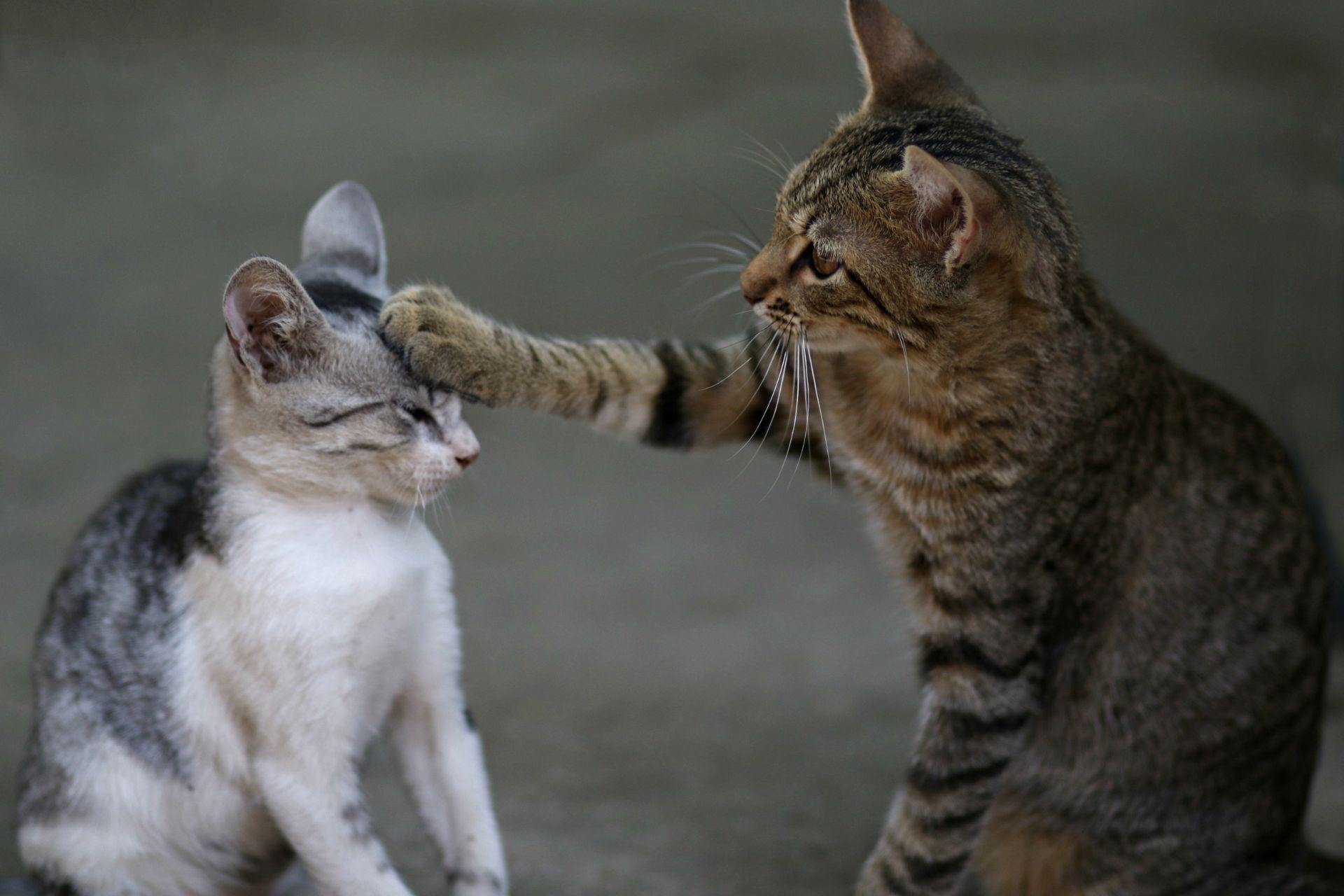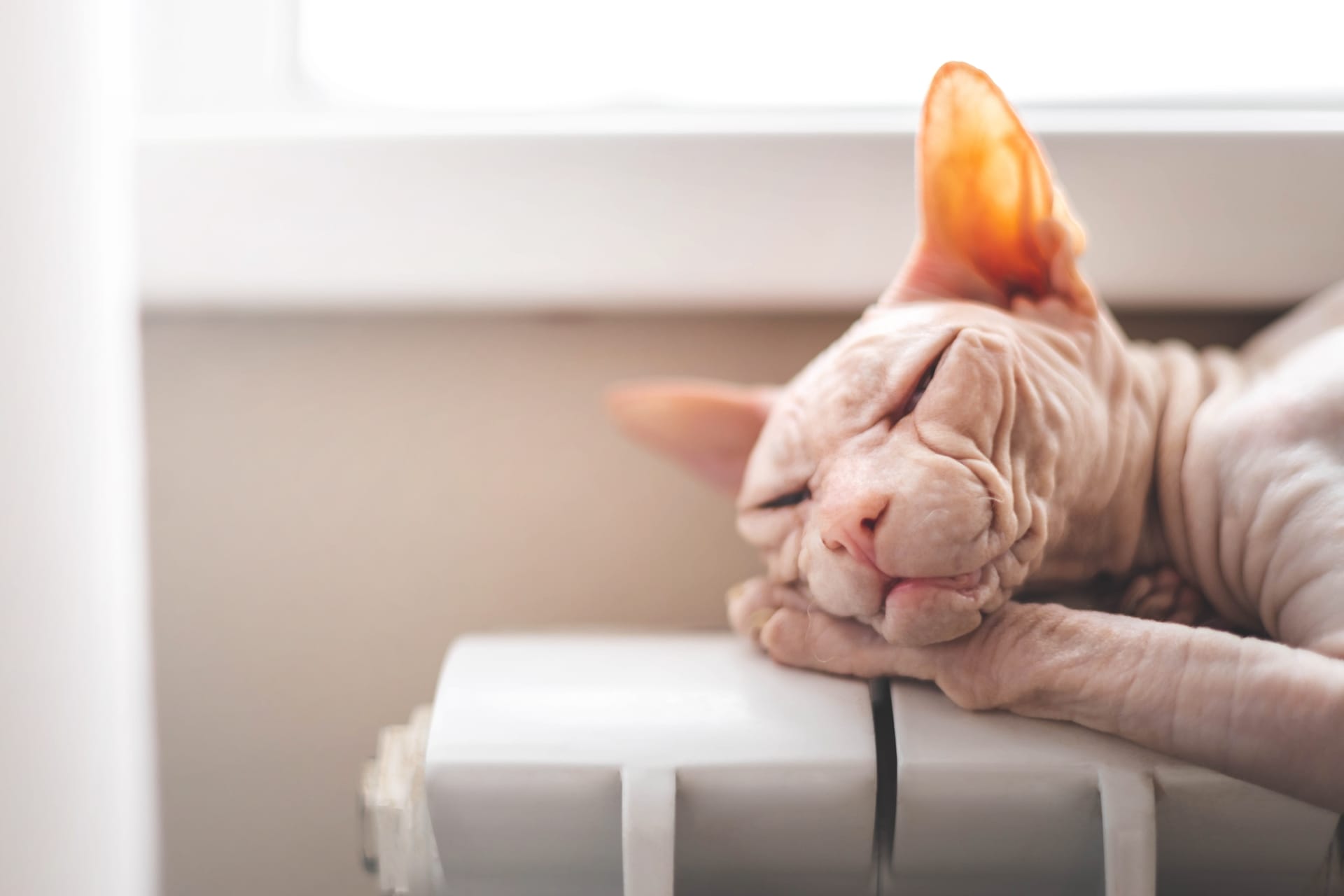In today’s society, there is an ongoing debate about whether indoor cats or outdoor cats make better pets. Each option has its own advantages and disadvantages, and it ultimately comes down to personal preference and the specific needs of the cat. In this article, we will explore the benefits of both indoor and outdoor cats, address safety concerns, provide tips for creating an enriching indoor environment, discuss alternatives for outdoor exploration, and emphasize the importance of regular veterinary care.
Contents
- The Debate: Indoor vs Outdoor Cats
- Benefits of Indoor Cats
- Benefits of Outdoor Cats
- Safety Concerns for Outdoor Cats
- Finding the Right Balance
- Creating an Enriching Indoor Environment
- Alternatives for Outdoor Exploration
- The Importance of Regular Veterinary Care
- Addressing Behavioral Issues in Indoor Cats
- Considerations for Adopting or Owning Cats
- The Influence of Geography and Environment
- Weighing the Options: Factors to Consider
- A Personal Choice: Factors to Consider
- Conclusion
- Frequently Asked Questions (FAQs)
The Debate: Indoor vs Outdoor Cats
The debate between indoor and outdoor cats revolves around the question of freedom versus safety. Outdoor cats have the opportunity to explore the great outdoors, fulfill their natural instincts, and enjoy a more dynamic environment. On the other hand, indoor cats are protected from various hazards such as traffic accidents, exposure to diseases, and attacks from other animals.
Benefits of Indoor Cats
Indoor cats enjoy a range of benefits. Firstly, they are safe from the dangers of the outside world, including traffic-related accidents and exposure to diseases. Additionally, indoor cats have a longer lifespan on average due to reduced risks. They are also less likely to get into fights with other animals or fall victim to predators. Furthermore, indoor cats are protected from extreme weather conditions and environmental hazards.
Benefits of Outdoor Cats
Outdoor cats, on the other hand, have the opportunity to roam freely and explore their surroundings. This allows them to fulfill their natural hunting instincts, engage in physical exercise, and experience a more stimulating environment. Outdoor cats often have a greater sense of freedom and independence, which can contribute to their overall well-being.
Safety Concerns for Outdoor Cats
While outdoor cats may enjoy certain benefits, there are significant safety concerns to consider. Outdoor cats face risks such as getting hit by cars, contracting diseases from other animals, encountering aggressive wildlife, and getting lost. They are also more susceptible to accidents, injuries, and theft. In urban areas, the presence of busy roads and densely populated areas amplifies these risks.
Finding the Right Balance
Finding the right balance between indoor and outdoor access for cats is crucial. One approach is to provide supervised outdoor time through the use of enclosures or “catios.” These structures allow cats to experience the outdoors safely while preventing them from wandering off or encountering potential dangers.
Creating an Enriching Indoor Environment
To ensure the well-being of indoor cats, it’s essential to create an enriching environment that mimics the outdoors to some extent. This can be achieved by providing scratching posts, climbing trees, interactive toys, and puzzle feeders. Regular play sessions and opportunities for mental stimulation are also vital.
Alternatives for Outdoor Exploration
For indoor cats, it’s important to provide alternatives for outdoor exploration. Indoor cats can benefit from interactive play sessions using toys that simulate prey and encourage exercise. Puzzle feeders can be used to provide mental stimulation and challenge their problem-solving abilities. Additionally, setting up perches near windows can allow indoor cats to observe the outside world and engage with the sights and sounds of nature.
The Importance of Regular Veterinary Care
Regardless of whether a cat is indoor or outdoor, regular veterinary care is essential for their overall health and well-being. Routine check-ups, vaccinations, and preventive treatments for parasites are crucial. Indoor cats are still at risk of certain diseases, such as respiratory infections, so it’s important to follow vaccination protocols recommended by veterinarians. Outdoor cats may require additional protection, such as flea and tick preventives, as they are more exposed to these pests.
Addressing Behavioral Issues in Indoor Cats
Indoor cats may sometimes exhibit behavioral issues due to the lack of stimulation or outlets for their natural instincts. These issues can include excessive scratching, aggression, or litter box problems. Providing environmental enrichment, such as scratching posts, interactive toys, and vertical spaces, can help alleviate these issues. Regular playtime and mental stimulation activities can also reduce boredom and encourage healthy behavior. Listen to your cat’s purrs to know more about your cat’s mood.
Considerations for Adopting or Owning Cats
When considering adopting or owning a cat, it’s important to assess your lifestyle, living situation, and personal preferences. Some individuals may be better suited for indoor cats, especially if they live in high-rise apartments or busy urban areas. Others may have the resources and a safe environment to allow their cats to go outdoors under supervision. Understanding the needs and potential risks associated with each option is crucial for making an informed decision.
The Influence of Geography and Environment
Geography and the environment can significantly impact the decision between indoor and outdoor cats. Factors such as the prevalence of wildlife, traffic conditions, and local laws or regulations regarding cat ownership can play a role. In some areas, there may be specific dangers, such as poisonous plants or predators, that need to be taken into account when allowing a cat outdoors.
Weighing the Options: Factors to Consider
When deciding between indoor and outdoor cats, several factors should be considered. These include the cat’s age, health, temperament, and previous experiences. Some cats may adapt well to an indoor lifestyle, while others may yearn for outdoor exploration. It’s important to assess these factors and strike a balance that ensures the cat’s safety and happiness.
A Personal Choice: Factors to Consider
Ultimately, the decision between indoor and outdoor cats is a personal one. It depends on your comfort level, the specific needs of your cat, and the resources available to provide a safe and enriching environment. Some cat owners find that a combination of supervised outdoor time and an enriching indoor environment is the best option. It’s important to consider what works best for both you and your feline companion.
Conclusion
The debate between indoor and outdoor cats continues, with valid arguments on both sides. Indoor cats offer safety, protection from diseases and predators, and a longer average lifespan. On the other hand, outdoor cats can enjoy the freedom to explore, fulfill their natural instincts, and experience a more stimulating environment. Finding the right balance, creating an enriching indoor environment, and providing alternatives for outdoor exploration are key considerations. Remember, regular veterinary care, attention to behavioral needs, and individual factors should guide your decision. Ultimately, the well-being and happiness of your cat should be the top priority.
Frequently Asked Questions (FAQs)
1. Should I keep my cat indoors or let them go outdoors? The decision depends on various factors such as your cat’s health, temperament, and the risks in your area. It is generally recommended to keep cats indoors for their safety. However, supervised outdoor time or the use of enclosed structures like catios can provide a compromise that allows cats to experience the outdoors while minimizing risks.
2. Are indoor cats happy? Indoor cats can lead happy lives when provided with a stimulating and enriching environment. Providing plenty of toys, scratching posts, climbing structures, and interactive playtime can help keep indoor cats mentally and physically engaged.
3. Can indoor cats live as long as outdoor cats? Indoor cats tend to live longer on average compared to outdoor cats. They are protected from outdoor hazards such as traffic accidents, predators, and exposure to diseases. With proper care and regular veterinary check-ups, indoor cats can live well into their late teens or even early twenties.
4. How can I transition my outdoor cat to an indoor lifestyle? Transitioning an outdoor cat to an indoor lifestyle requires patience and gradual adjustments. Start by providing an enriching indoor environment with toys, scratching posts, and perches near windows. Engage in interactive play sessions to simulate hunting activities. Slowly decrease outdoor access while increasing indoor stimulation to help the cat adapt.
5. Can outdoor cats be trained to stay within a certain area? Outdoor cats can be trained to stay within a certain area by using techniques such as boundary training or the use of cat enclosures. However, it’s important to note that cats are naturally curious and may still attempt to explore beyond boundaries. Supervision and appropriate safety measures are crucial to prevent them from wandering off or encountering potential dangers.
Thank you for reading our article! We hope it has provided valuable insights into the indoor vs outdoor cat debate and helped you make an informed decision about what is best for your furry friend. Remember, the happiness, safety, and well-being of your cat should always be the priority.











